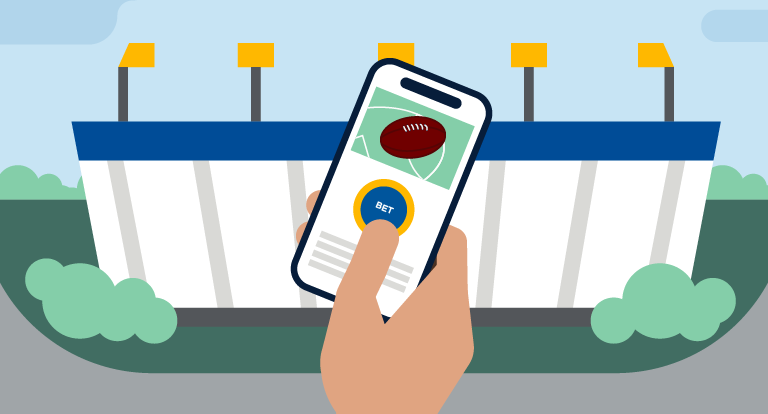Wagering and betting tax
Tax applies to net wagering revenue from Victorian bets.

What is wagering and betting tax?
Wagering and betting tax is paid by entities on net wagering revenue from bets placed by Victorian customers. It applies to products like fixed odds, totalisator and betting exchanges.
Understanding wagering and betting taxOnline services
Legislation and regulations
Get in contact with us
Subscribe to our email


